Mount Sutil is home to an incredible diversity of plant and animal species, but faces complex threats. How is the GCA approaching restoration here?
Garry oak (Quercus garryana) and associated ecosystems cover approximately 3% of Galiano’s landscape, and the Garry oak ecosystems on Mount Sutil are part of the broadest contiguous Garry oak ecosystem areas on Galiano Island. They are home to a variety of Species at Risk (SAR) and rare ecosystem types.
The forests on Mount Sutil are fairly unique on Galiano Island in that they appear to have been logged only once, and in a selective rather than clear-cut manner. This logging event took place during the 1950’s, based on a tree ring estimates. Many large Douglas-fir (Pseudotsuga menziesii) trees were left behind to seed into the newly created gaps and disturbed soils. This logging event created conditions for the dense infilling of Douglas-fir saplings and young trees along the forest meadow edge.
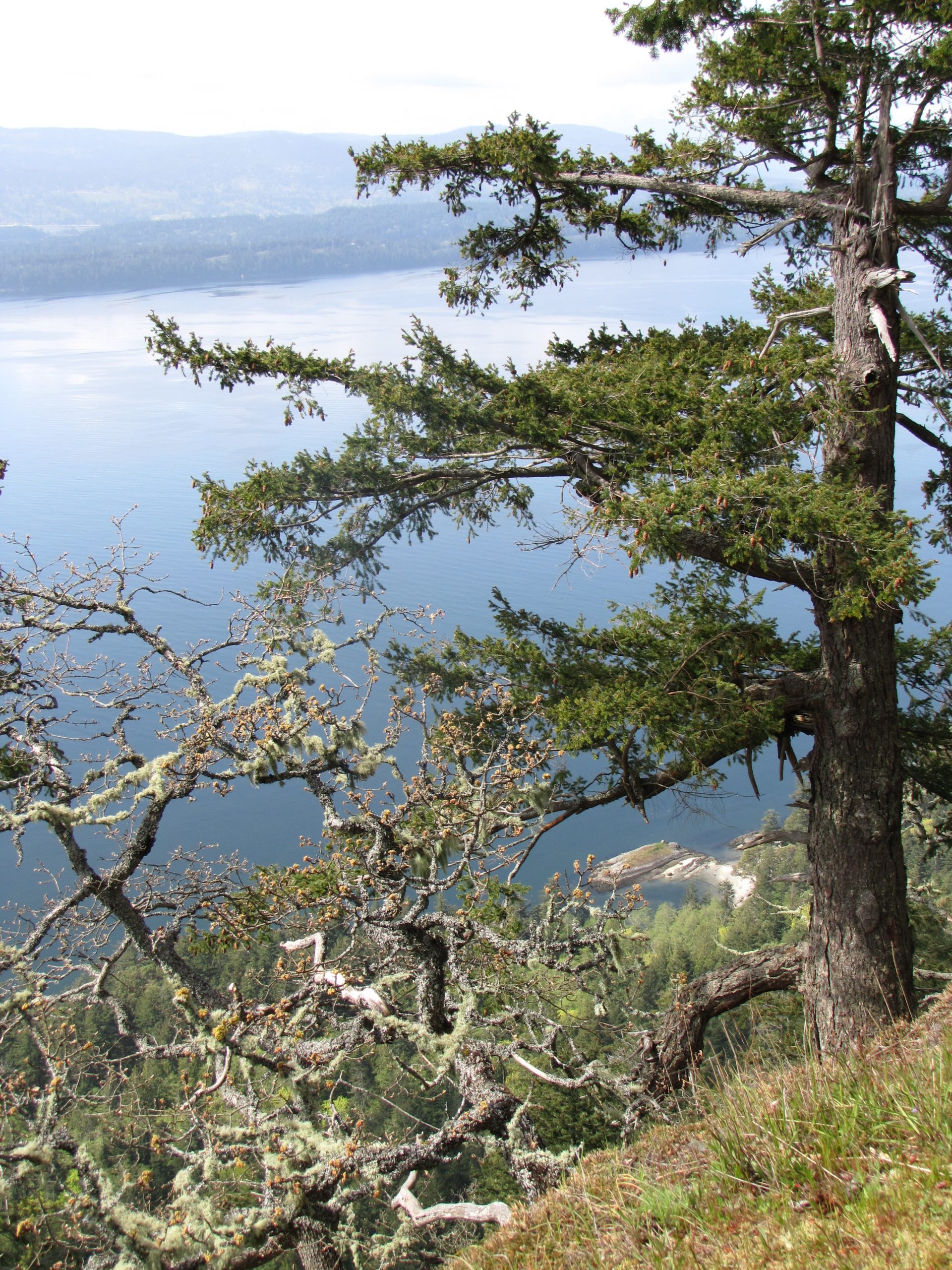
The historical presence of fire is evident on Mount Sutil in the charring that exists on many of the larger Douglas Fir Trees, with the last fire on Mount Sutil estimated to be pre-1910 based on tree core evidence. Many Garry oak and associated ecosystems in the Salish Sea were created and maintained by frequent, low-intensity cultural burning by Indigenous people. Mount Sutil’s ecosystems were likely maintained by both fire and by steep, coarse, shallow soils on a south-facing hillside. The exclusion of fire has allowed Douglas-fir trees, introduced grasses, and shrubs to encroach on oaks and meadow areas.
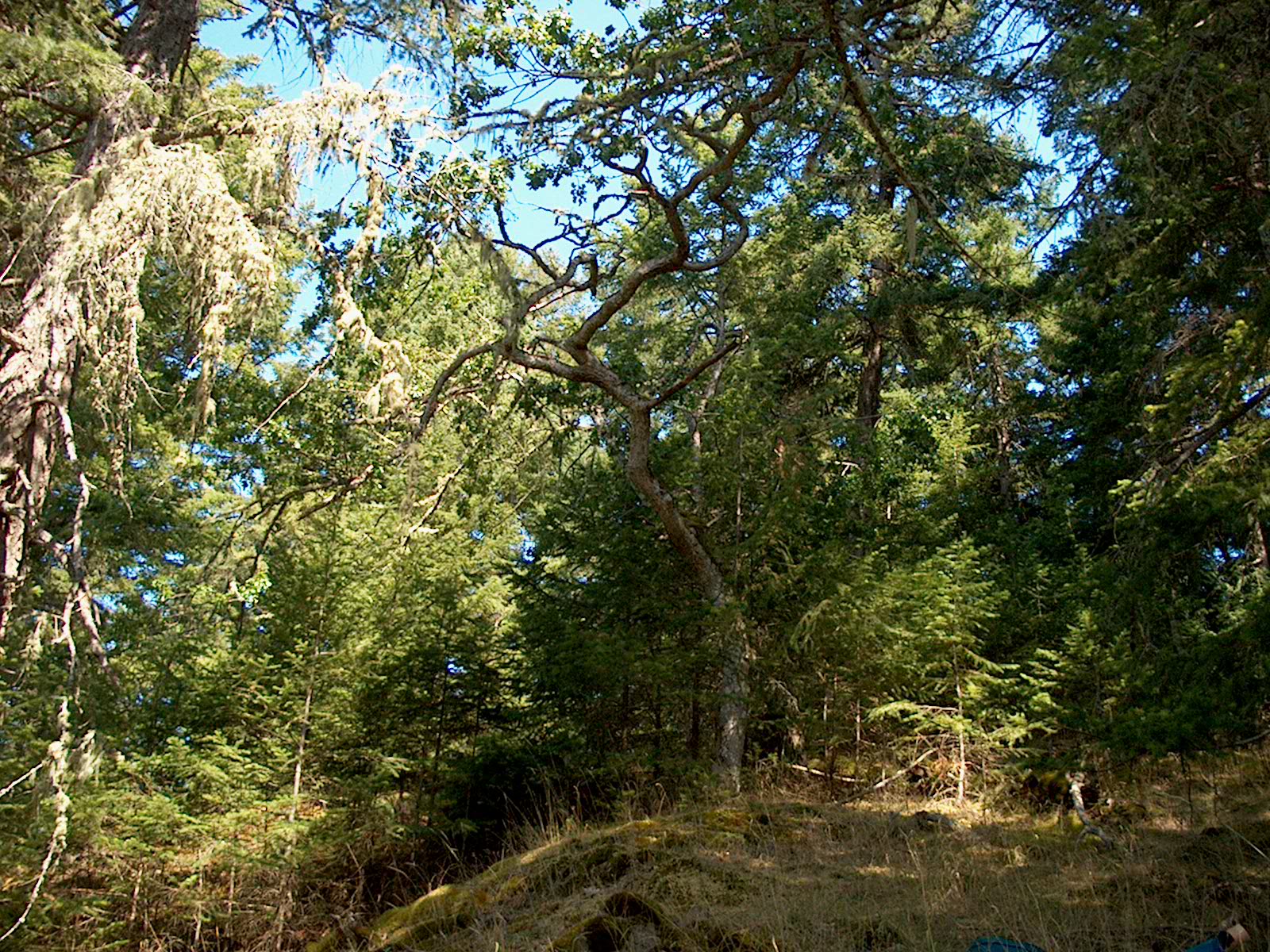
Scotch broom (Cytisus scoparius) has been on Galiano Island for upwards of 100 years, and it is possible that broom was introduced to the site during the 1950’s logging event. Scotch broom is a direct threat to many rare species that inhabit Garry oak ecosystems, and had established a number of dense stands across Mount Sutil by 2003. There are also many introduced grass and herb species that have become established as a thick groundcover, choking out native wildflowers that require sunlight.

Black-tailed deer (Odocoileus hemionus columbianus) have a dense population on Mount Sutil. Heavily used trails zigzag across the slopes, creating disturbed micro-sites and transporting seeds of both introduced and native plants. It appears that deer browsing is preventing new Garry oak tree seedlings from growing, in addition to reducing the stature and prevalence of native wildflowers in accessible areas.
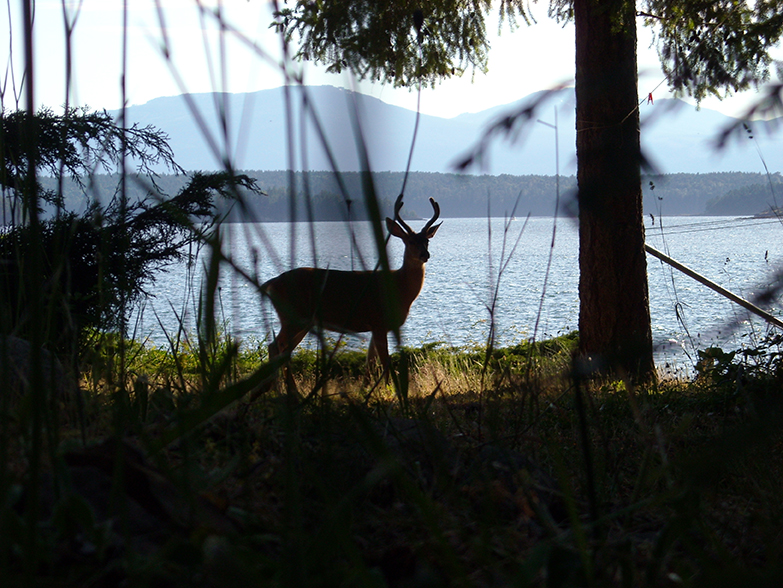
Despite the many disturbances to Mount Sutil, a number of Species at Risk persisted, including butterflies and moths, plants, mosses, and lichens. Due to the steep slopes, it may be possible that some Species at Risk occur on the mountain that have not yet been detected. Some species known to have occurred on Mount Sutil appear to have been extirpated, but it may yet be possible to bring them back.
In this image, Ken Millard has captured the Red-listed propertius duskywing (Erynnis propertius) on Mount Sutil.

Garry oak ecosystems are very challenging to restore, as they have multiple compounding threats and a long history of Indigenous management that has been interrupted. The Galiano Conservancy has engaged in a variety of activities on Mount Sutil to help maintain and restore its unique ecosystems, supporting Species at Risk.
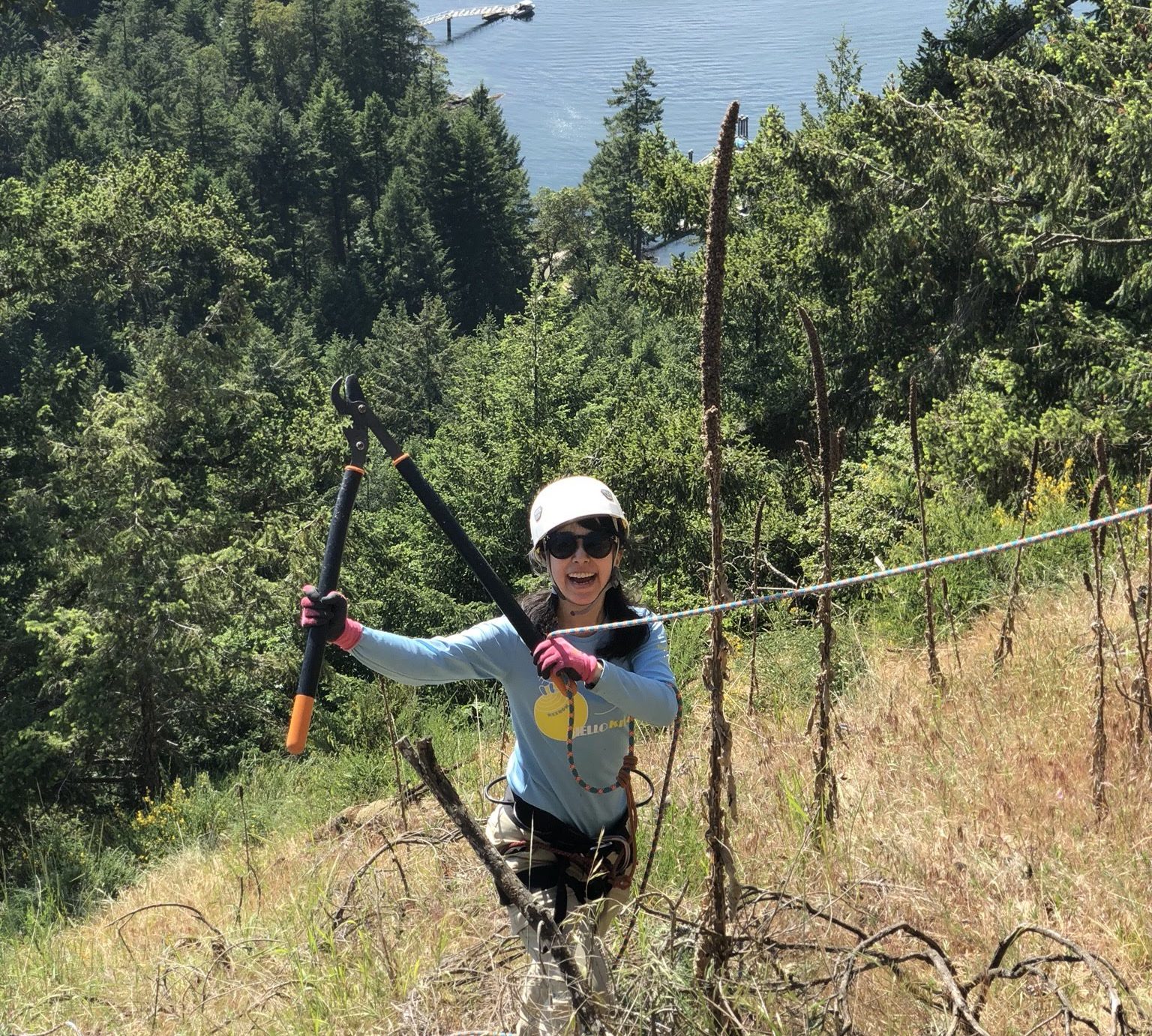
Since 2003, Galiano Conservancy staff and volunteers have removed Scotch broom from sensitive areas across Mount Sutil on an annual basis. Over more than two decades, this consistent effort has been very successful at limiting broom populations on the mountain and allowing native species to persist in open areas. Many areas of Mount Sutil are only accessible using ropes, and require careful descents to reach.
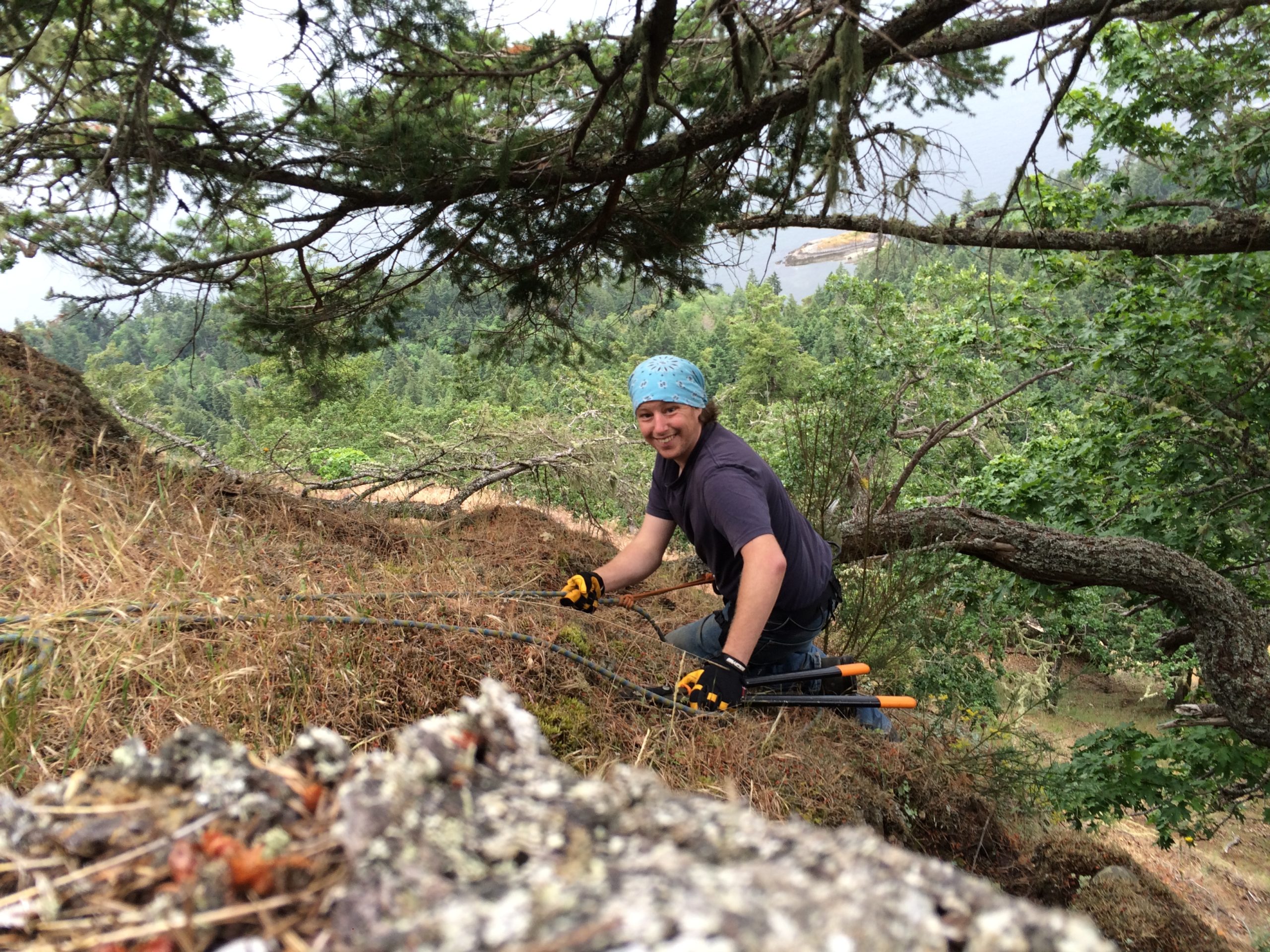
In the absence of fire or other disturbance, Douglas-fir trees will eventually encroach upon and eventually replace Garry oak ecosystems. Galiano Conservancy staff keep an eye on Douglas-fir trees that move into open areas, and occasionally removes or girdles them to prevent the transformation of the ecosystem.
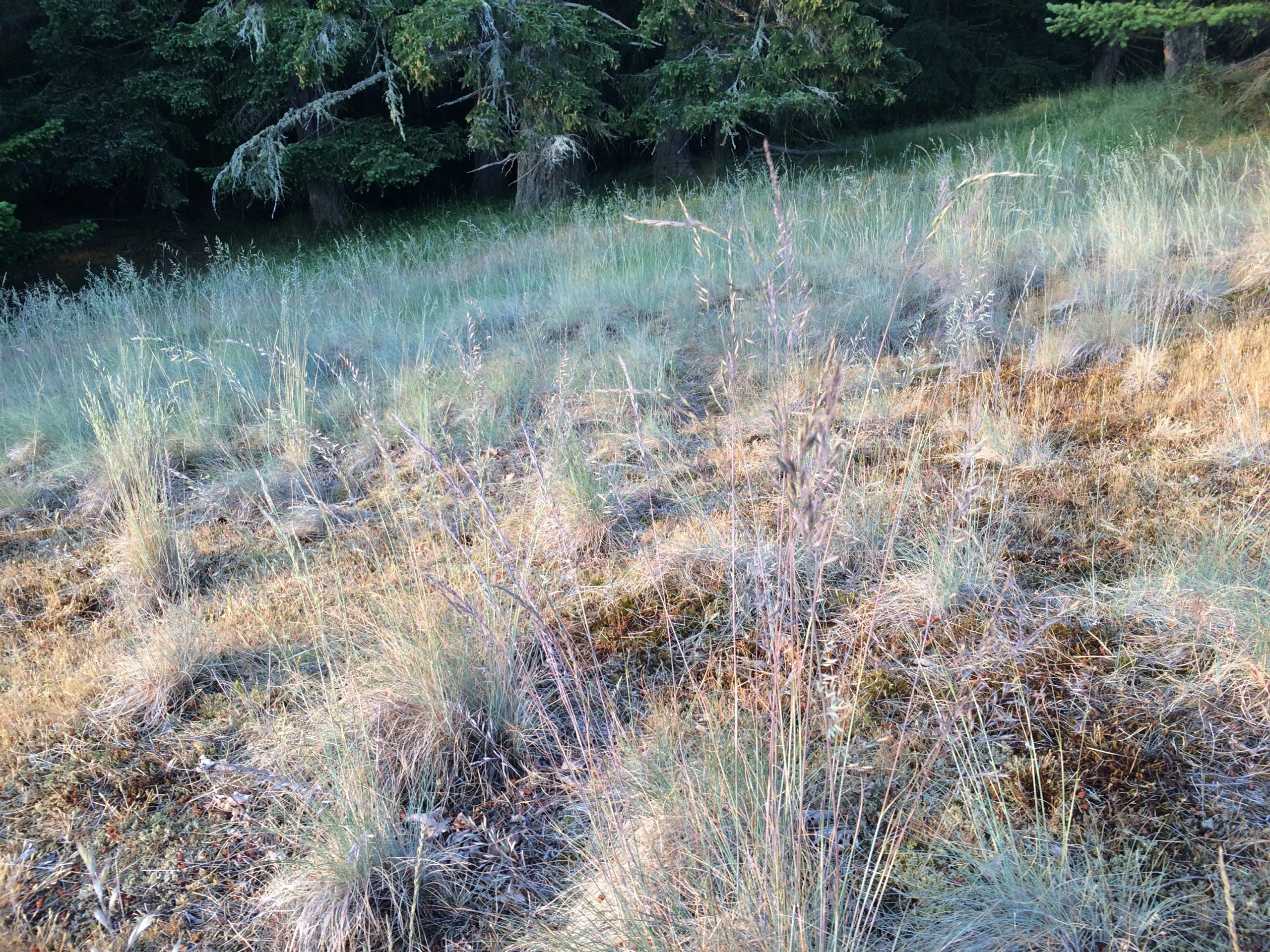
In 2012 and 2014, the Galiano Conservancy attempted to re-introduce white meconella (Meconella oregana), a very rare species of wildflower that had been known to occur on Mount Sutil, but which was no longer present. The re-introduction efforts were initially successful, with several flowering individuals being detected in 2013 and 2014. In subsequent years, it became apparent that the population had not persisted, and that further efforts will be necessary to re-establish this species on Mount Sutil in the future.
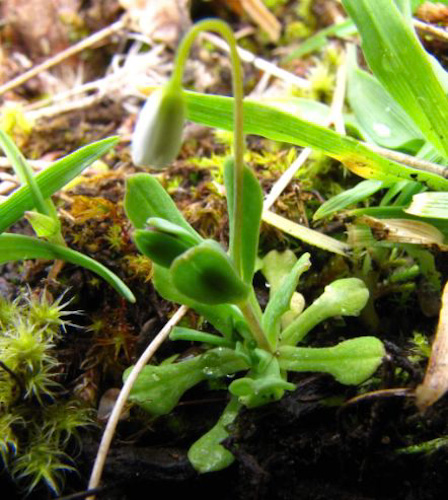
With conifers and Scotch broom under ongoing management, Galiano Conservancy staff are now working to understand vegetation dynamics on Mount Sutil to gain insight into next steps for restoring these complex ecosystems. Several permanent plots have been established to understand the impacts of deer herbivory on both native and introduced species. Researchers with UBC have also set up a plot as part of a regional study on Garry oak ecosystem threats. The results of these experiments will help us to determine the best approaches to continuing to stewards and restore Mount Sutil’s ecosystems.
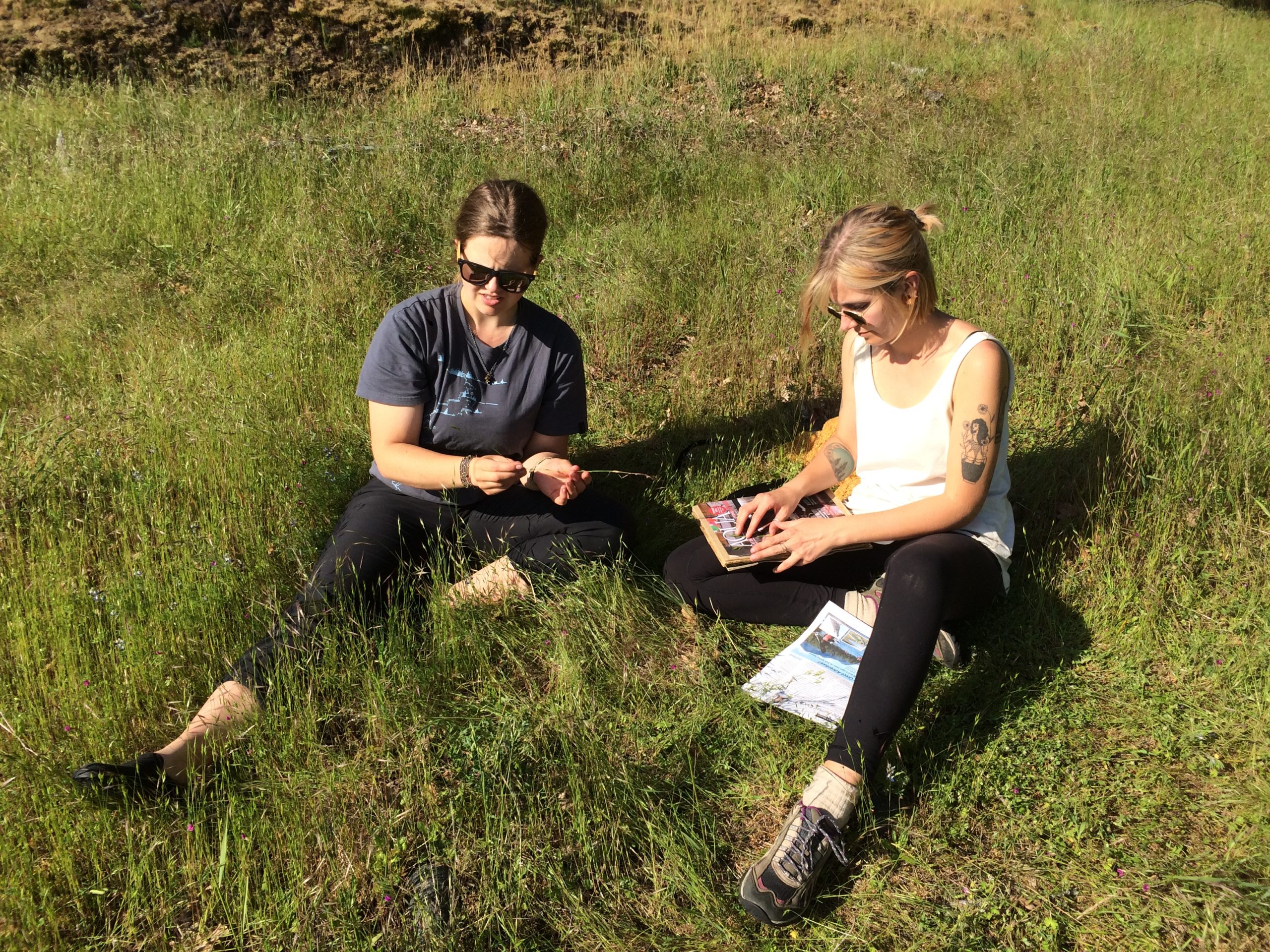
As development and climate change continue to impact Garry oak ecosystems throughout their range, Mount Sutil will continue to be an important protected remnant of this precious ecology. The GCA will continue to steward and study this site, incorporating insights from new research and Traditional Knowledge as we partner with researchers and knowledge holders throughout the Salish Sea.
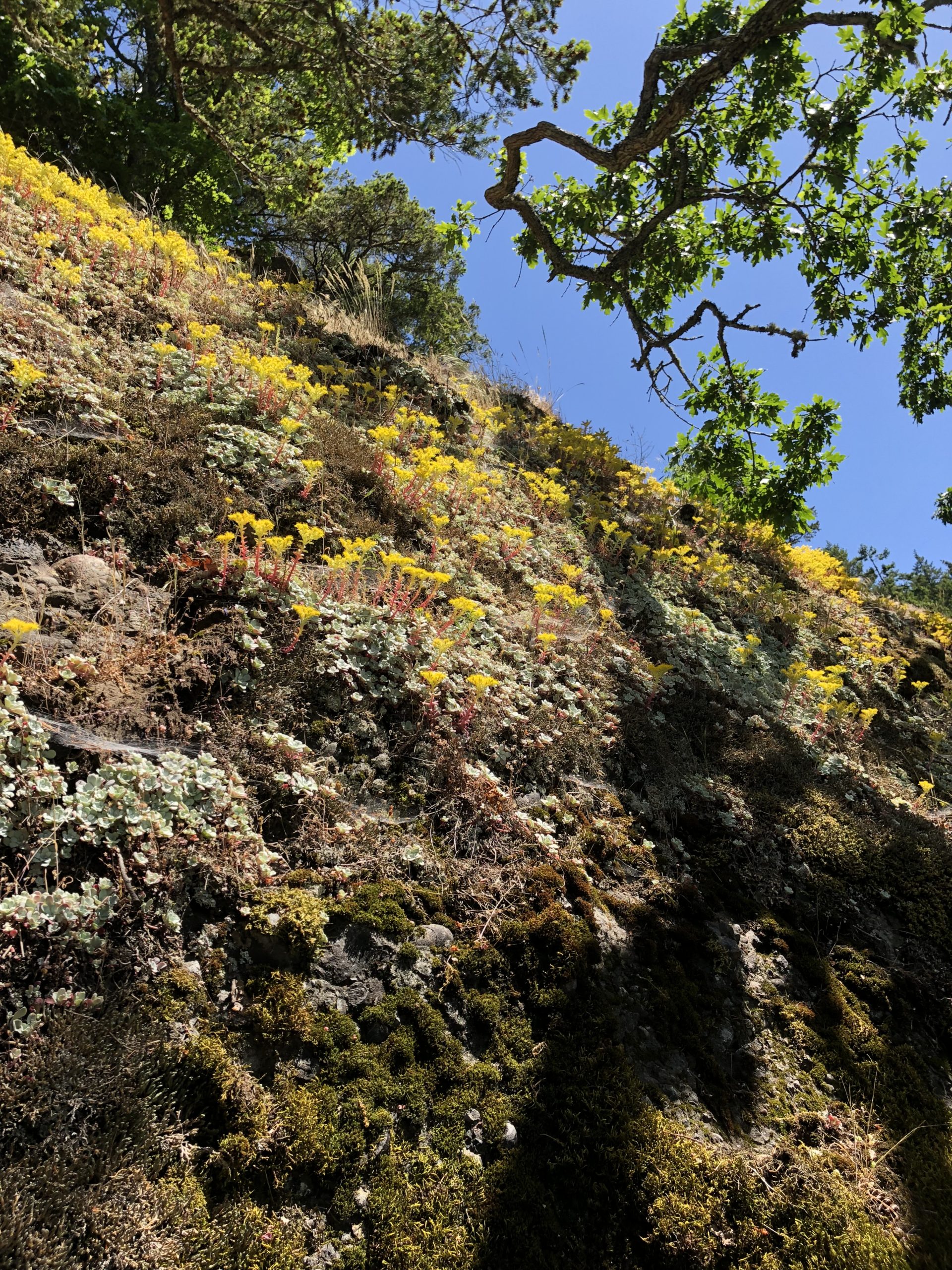
Explore the following resources to learn more about the restoration of Mount Sutil.
Current management plan for Mt. Sutil
View